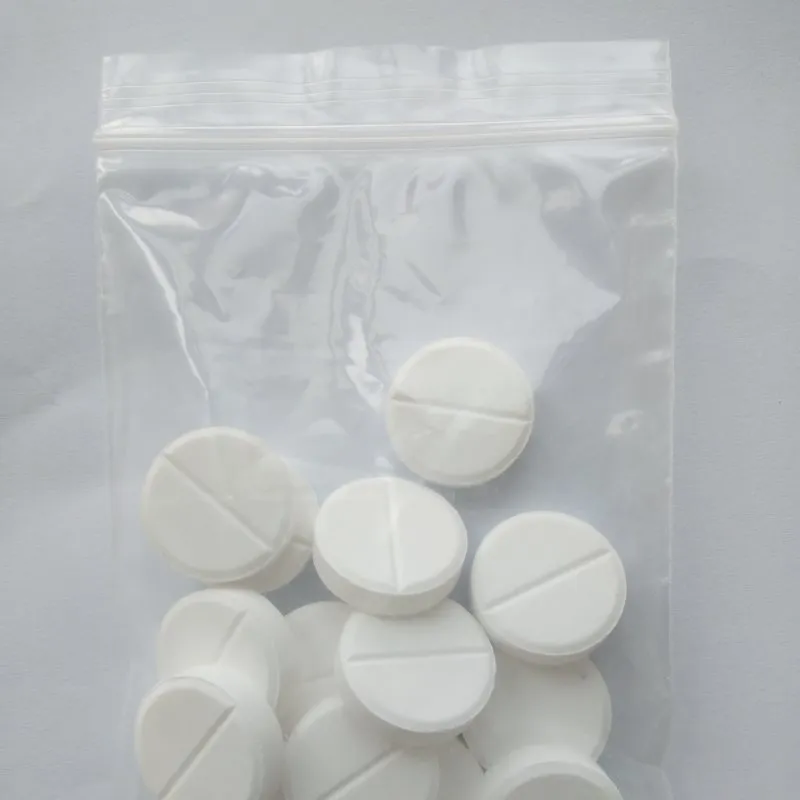



sodium hydroxide msds pdf
Understanding the Material Safety Data Sheet (MSDS) for Sodium Hydroxide
Sodium hydroxide, commonly known as caustic soda or lye, is a highly versatile chemical widely used in various industries, including manufacturing, food processing, and water treatment. The Material Safety Data Sheet (MSDS) for sodium hydroxide is a critical document that provides comprehensive information regarding the properties, hazards, safe handling, and emergency response measures associated with this chemical.
Chemical Properties
Sodium hydroxide is an inorganic compound with the formula NaOH. It appears as a white, solid, hygroscopic substance that readily absorbs moisture from the air. It is highly soluble in water, producing an exothermic reaction that releases heat. As a strong base, sodium hydroxide has a high pH, typically exceeding 13 in solution. Its caustic nature means it can cause severe burns and damage upon contact with skin or mucous membranes.
Hazards Identification
The MSDS categorizes the hazards associated with sodium hydroxide and elucidates its potential risks. Sodium hydroxide poses several health hazards
1. Corrosive Nature It can cause severe burns to skin, eyes, and respiratory tract. Contact with moist skin or eyes can lead to significant injuries.
2. Environmental Impact Sodium hydroxide can be harmful to aquatic life. In large quantities, it can lead to water pollution and disrupt ecosystems.
3. Store Safely Exposure to sodium hydroxide can occur through direct contact or inhalation of its dust. The MSDS recommends appropriate personal protective equipment (PPE) such as gloves, goggles, and respiratory protection when handling the substance.
Safe Handling and Storage
Proper safety measures are crucial when handling sodium hydroxide to prevent accidents and injuries
. The MSDS outlines several guidelines1. Personal Protective Equipment (PPE) Always wear appropriate PPE, including chemical-resistant gloves, safety goggles, and protective clothing. In situations where there is a risk of aerosol or mist formation, a suitable respirator should be used.
2. Ventilation Ensure adequate ventilation in areas where sodium hydroxide is handled. This minimizes inhalation exposure and reduces the risk of airborne exposure.
3. Storage Conditions Store sodium hydroxide in a cool, dry place, away from incompatible substances such as acids and organic materials. Containers should be tightly sealed and clearly labeled. Use corrosion-resistant materials for storage.
sodium hydroxide msds pdf

First Aid Measures
The MSDS provides crucial first aid information in the event of exposure or accidents
1. Skin Contact Immediately remove contaminated clothing and rinse affected skin with plenty of water for at least 15 minutes. Seek medical attention if burns or irritation persist.
2. Eye Contact If sodium hydroxide comes into contact with the eyes, rinse them thoroughly with water for at least 15 minutes. Do not attempt to neutralize the chemical. Seek medical attention immediately.
3. Inhalation If inhaled, move the affected individual to fresh air. If breathing difficulties occur, seek medical attention right away.
4. Ingestion Do not induce vomiting. Rinse the mouth with water and seek medical assistance immediately.
Spill and Leak Procedures
In case of spills or leaks, the MSDS outlines necessary steps to minimize exposure and manage the situation safely
1. Evacuate the Area Clear all non-essential personnel from the vicinity of the spill.
2. Contain the Spill Use appropriate absorbent materials to contain the spill. Ensure that the spilled material does not enter waterways or sewer systems.
3. Neutralization and Disposal Depending on the size and nature of the spill, sodium hydroxide may need to be neutralized with an acid prior to disposal. Always follow local regulations for hazardous waste disposal.
Conclusion
Understanding the Material Safety Data Sheet for sodium hydroxide is essential for anyone who works with this chemical. The MSDS serves as a vital resource, providing critical information regarding the chemical’s properties, hazards, safe handling practices, first aid measures, and emergency procedures. By adhering to the recommendations in the MSDS, individuals and organizations can protect themselves and the environment from the potential dangers associated with sodium hydroxide, ensuring a safer workplace and community.
-
Why Sodium Persulfate Is Everywhere NowNewsJul.07,2025
-
Why Polyacrylamide Is in High DemandNewsJul.07,2025
-
Understanding Paint Chemicals and Their ApplicationsNewsJul.07,2025
-
Smart Use Of Mining ChemicalsNewsJul.07,2025
-
Practical Uses of Potassium MonopersulfateNewsJul.07,2025
-
Agrochemicals In Real FarmingNewsJul.07,2025
-
Sodium Chlorite Hot UsesNewsJul.01,2025










